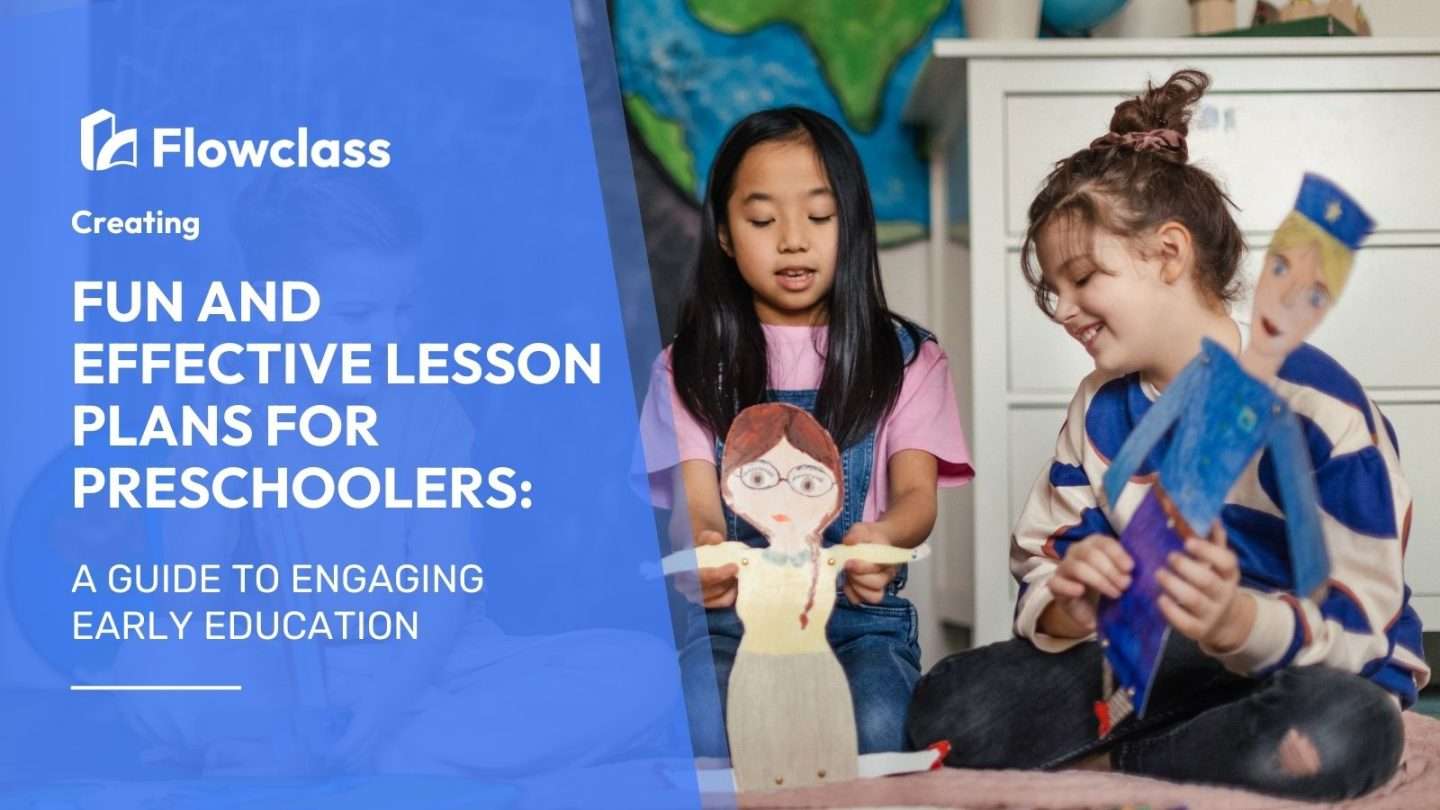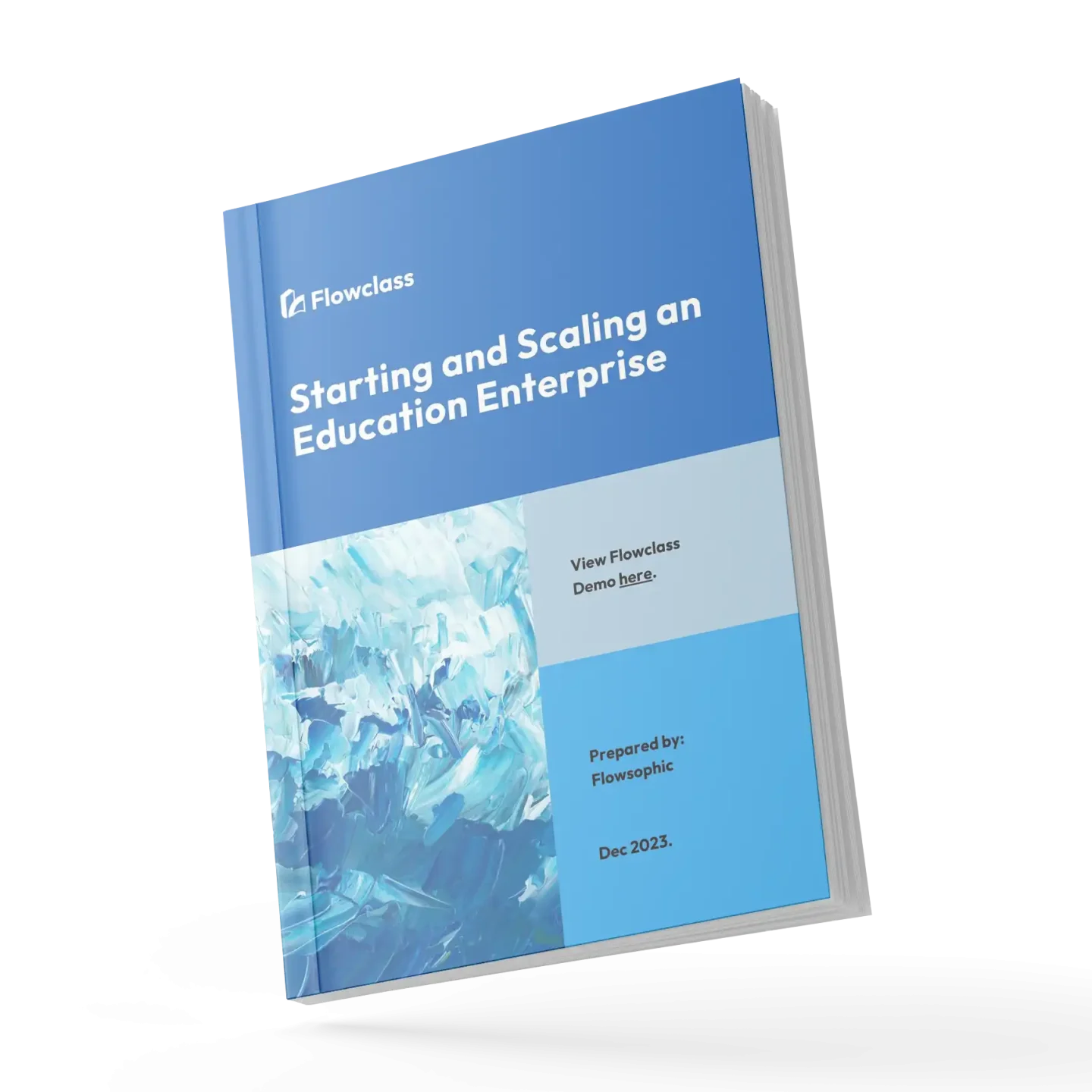Welcome to our comprehensive guide on creating fun and effective lesson plans for preschoolers. As parents and educators, we understand the importance of engaging early education in shaping young minds. Whether you’re a teacher, a homeschooling parent, or simply looking for creative ideas to make learning more enjoyable for your little ones, you’ve come to the right place.
In this article, we will explore a variety of techniques and strategies to design lesson plans that inspire curiosity, spark imagination, and foster a love for learning in preschool-aged children. From incorporating play-based activities to incorporating multi-sensory experiences, we will provide you with a wealth of ideas to keep your preschoolers actively engaged in the learning process.
Our goal is to help you create a stimulating and inclusive learning environment where children can develop fundamental skills, such as language development, cognitive thinking, fine and gross motor skills, and social interaction. With our guide, you’ll be equipped with the tools and inspiration to create lesson plans that are not only educational but also fun and engaging for your preschoolers.
Let’s dive in and ignite a love for learning in your little ones!
The importance of engaging lesson plans for preschoolers
Preschool is a critical time in a child’s development, where their cognitive, social, and emotional foundations are laid. During these formative years, it is essential to provide engaging and stimulating learning experiences that capture their attention and foster a love for learning. Engaging lesson plans are crucial for preschoolers, as they not only support academic growth but also contribute to the overall well-being and development of the child.
Engaging lesson plans help preschoolers develop essential skills such as problem-solving, critical thinking, and creativity. When lessons are designed with the child’s interests and learning styles in mind, they are more likely to be actively engaged, motivated, and eager to participate. This engagement leads to better retention of information, improved academic performance, and a stronger foundation for future learning.
Moreover, engaging lesson plans can have a positive impact on a child’s social and emotional development. When preschoolers are actively engaged in learning, they develop stronger communication skills, learn to collaborate with their peers and build confidence in their abilities. This, in turn, helps them navigate social situations more effectively and fosters a sense of belonging within the classroom community.
Understanding the needs and interests of preschoolers
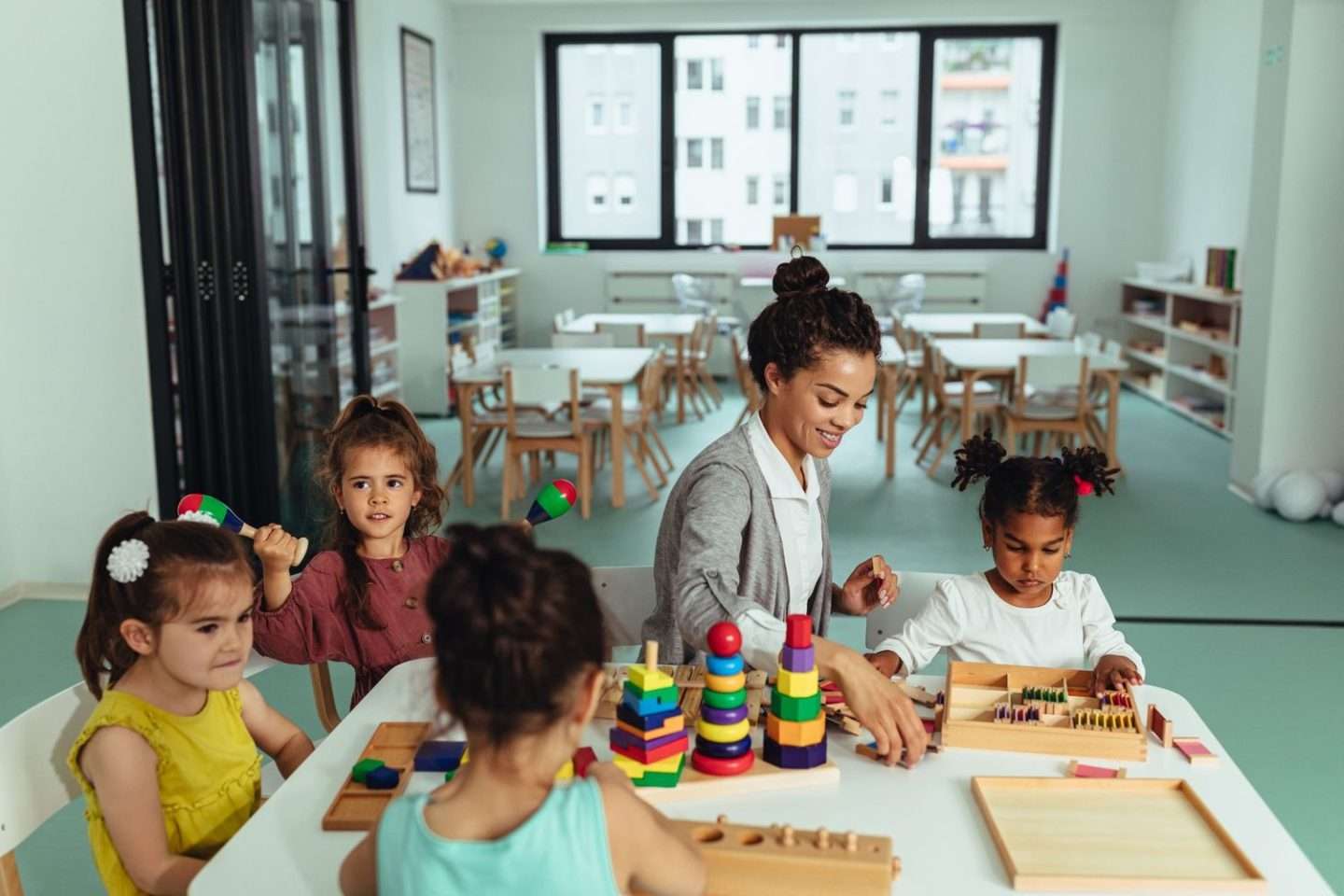
To create engaging lesson plans for preschoolers, it is essential to understand their unique needs and interests. Preschoolers are naturally curious, imaginative, and energetic, and their attention spans are relatively short. They thrive in environments that cater to their developmental stage and provide opportunities for hands-on exploration, play, and discovery.
Preschoolers are often driven by their senses, and they learn best through multi-sensory experiences. They enjoy activities that engage their sight, sound, touch, and even smell and taste. Incorporating sensory-rich elements into lesson plans can help capture their attention and make learning more memorable and enjoyable.
Additionally, preschoolers are highly social and benefit from opportunities to interact with their peers. Lesson plans that encourage collaboration, communication, and social interaction can help preschoolers develop essential social-emotional skills, such as empathy, conflict resolution, and teamwork.
Incorporating play-based learning in lesson plans
One of the most effective ways to engage preschoolers in the learning process is through play-based learning. Preschoolers are naturally drawn to play, and incorporating playful activities into lesson plans can make learning more enjoyable and meaningful for them.
Play-based learning allows preschoolers to explore, experiment, and discover new concepts in a hands-on, interactive way. By integrating play-based activities, such as games, puzzles, and imaginative role-playing, into lesson plans, you can create a learning environment that is both engaging and developmentally appropriate.
Moreover, play-based learning supports the development of important skills, such as problem-solving, critical thinking, and creativity. As preschoolers engage in play-based activities, they learn to navigate social situations, develop self-regulation, and build a stronger understanding of the world around them.
Incorporating sensory activities in lesson plans
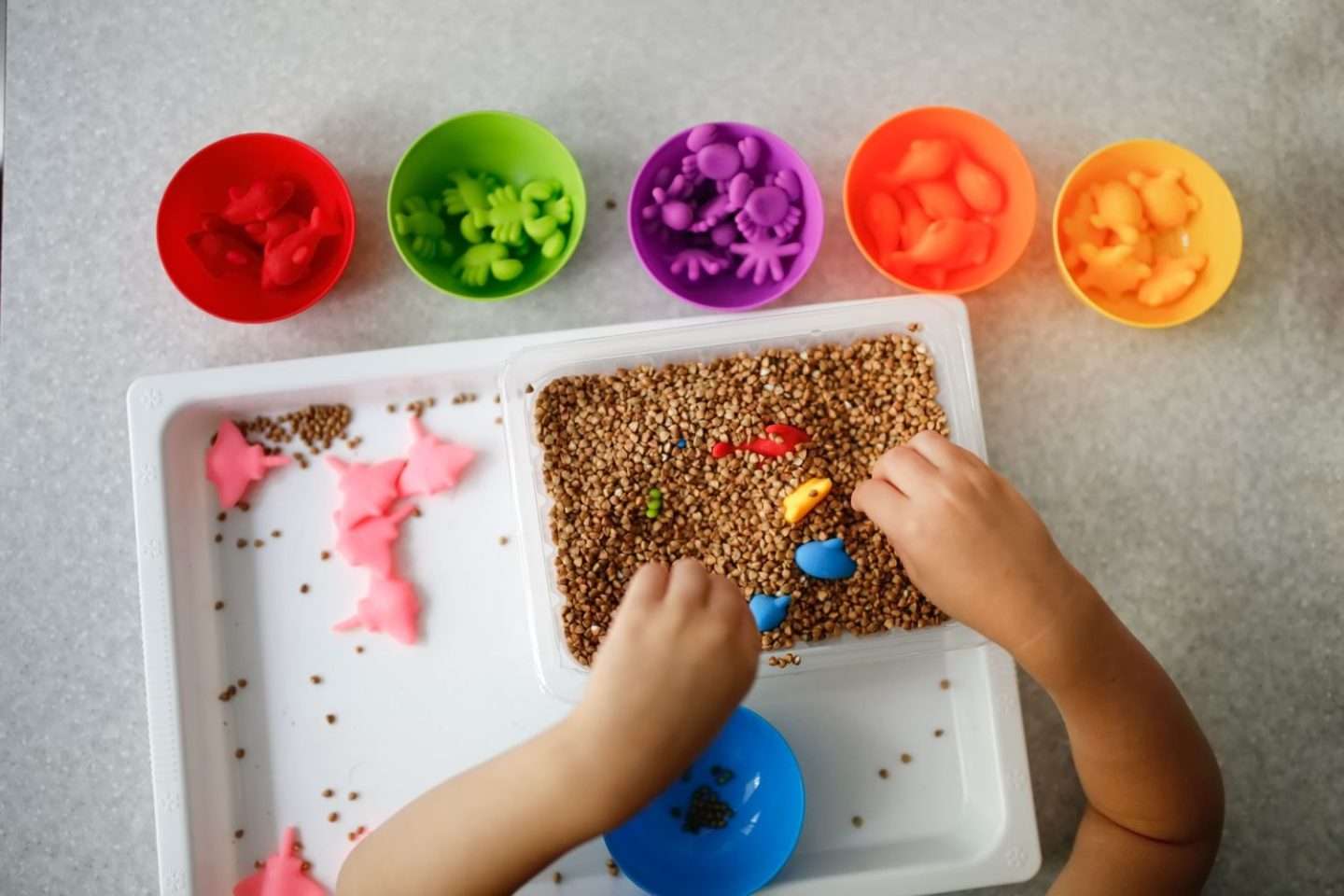
Preschoolers are highly attuned to their senses, and incorporating sensory activities into lesson plans can greatly enhance their learning experience. Sensory activities engage multiple senses, such as sight, sound, touch, smell, and taste, which can help preschoolers better understand and retain new information.
For example, you can incorporate sensory elements into a lesson on colors by having preschoolers touch and explore different textured materials in various hues, or you can incorporate scented playdough or finger paint into a lesson on shapes. These types of sensory-rich activities not only capture the children’s attention but also support their cognitive, language, and fine motor development.
Sensory activities can also be used to help preschoolers regulate their emotions and manage their behavior. By providing opportunities for sensory exploration and calming activities, such as a sensory bin or a cozy reading nook, you can create a learning environment that is both engaging and supportive of the child’s overall well-being.
Using visual aids and props to enhance engagement
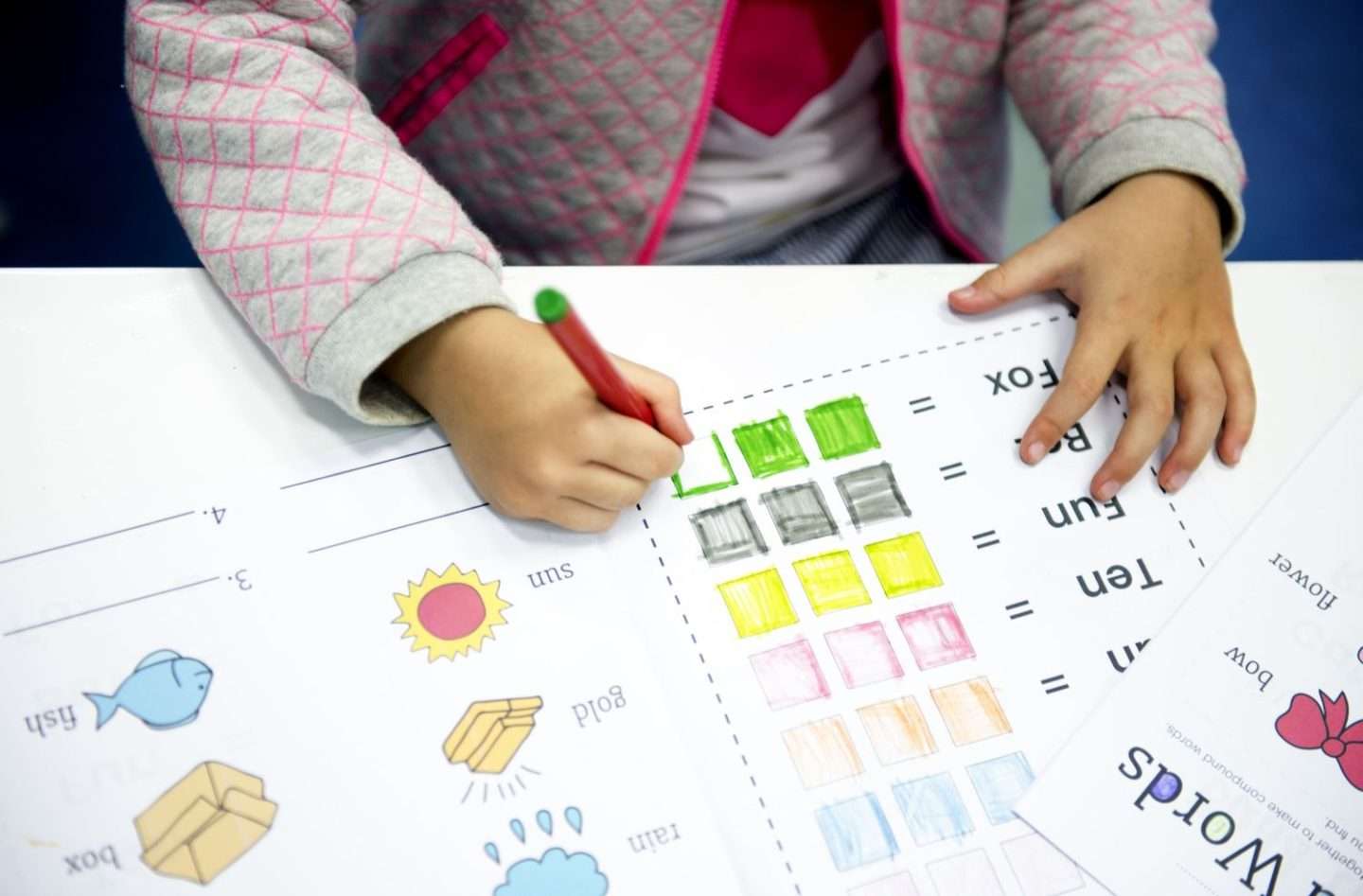
Visual aids and props can be powerful tools for engaging preschoolers in the learning process. Incorporating engaging visuals, such as colorful illustrations, interactive displays, or hands-on manipulatives, can help capture the children’s attention and make abstract concepts more concrete and understandable.
For example, when teaching a lesson on shapes, you can use a variety of three-dimensional shapes, such as blocks or geometric puzzles, for the children to explore and manipulate. This not only helps them better understand the characteristics of different shapes but also provides a tactile and engaging learning experience.
Additionally, using props and visual aids can stimulate the imagination and encourage active participation. Preschoolers often respond well to role-playing activities, where they can use props and costumes to act out stories or scenarios. This type of interactive learning can help reinforce concepts, foster creativity, and build social-emotional skills.
Incorporating music and movement in lesson plans
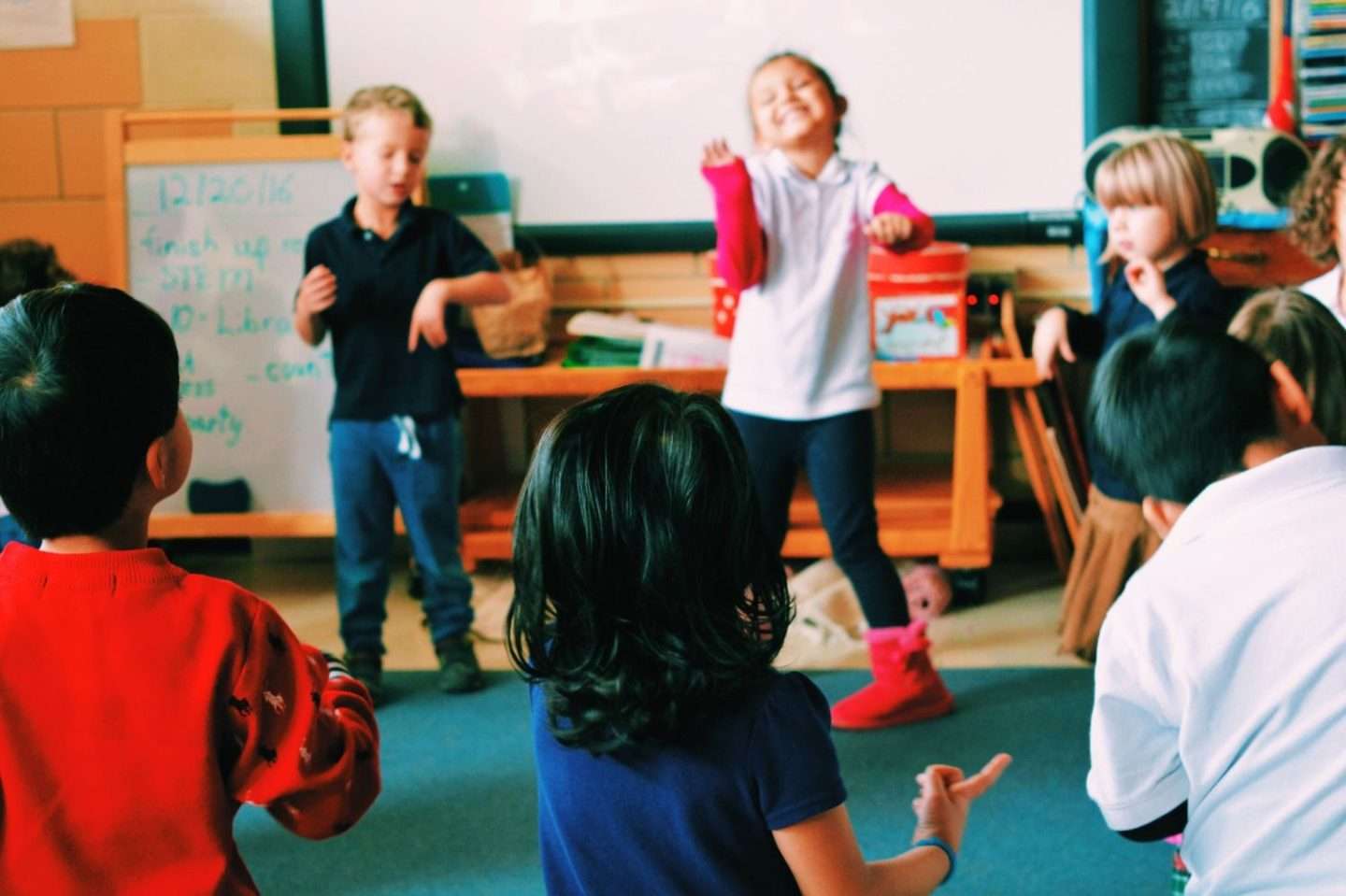
Music and movement are powerful tools for engaging preschoolers in the learning process. Incorporating these elements into lesson plans can help capture the children’s attention, support their cognitive and physical development, and create a more enjoyable and memorable learning experience.
Preschoolers often respond positively to rhythmic and melodic activities, such as singing, dancing, and playing simple musical instruments. These types of activities can help develop language skills, improve memory and recall, and support the development of gross motor skills.
Moreover, incorporating movement-based activities, such as yoga, stretching, or acting out stories through physical movement, can help preschoolers release energy, improve focus, and foster a sense of physical well-being. These activities can be seamlessly integrated into lessons on a variety of subjects, from math and science to language arts and social studies.
Incorporating storytelling and dramatic play in lesson plans
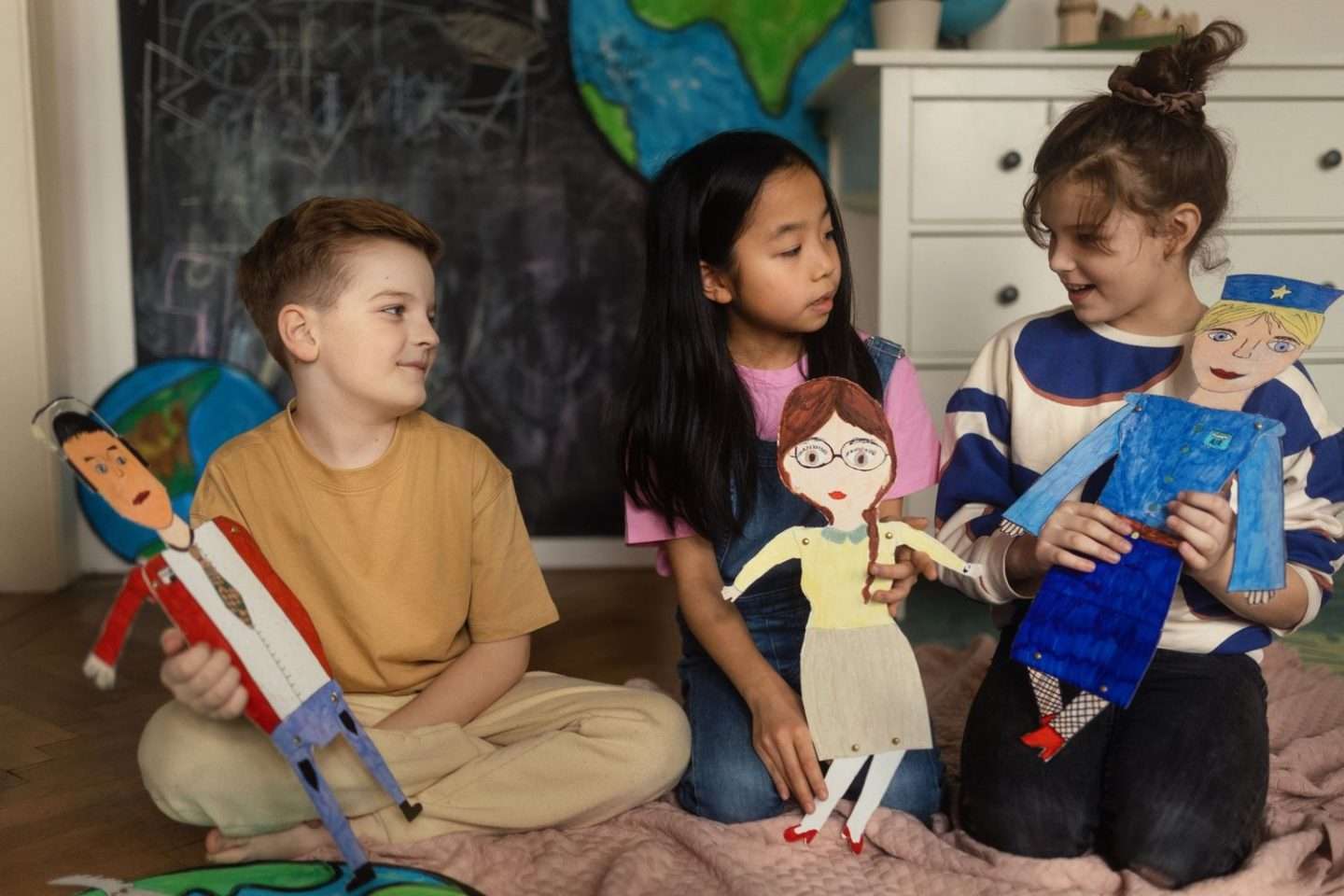
Storytelling and dramatic play are powerful tools for engaging preschoolers in the learning process. These activities tap into the natural curiosity and imagination of young children, making learning more enjoyable and memorable.
Incorporating storytelling into lesson plans can help preschoolers develop language skills, build vocabulary, and foster a love for reading and literature. You can use a variety of storytelling techniques, such as reading aloud, retelling familiar tales, or creating original stories that incorporate the lesson’s content.
Dramatic play, on the other hand, allows preschoolers to act out scenarios, explore different roles, and engage in imaginative problem-solving. By incorporating dramatic play into lesson plans, you can create opportunities for preschoolers to apply their learning in a hands-on, interactive way. This can help reinforce concepts, develop social-emotional skills, and foster a sense of autonomy and self-expression.
Integrating technology in lesson plans for preschoolers
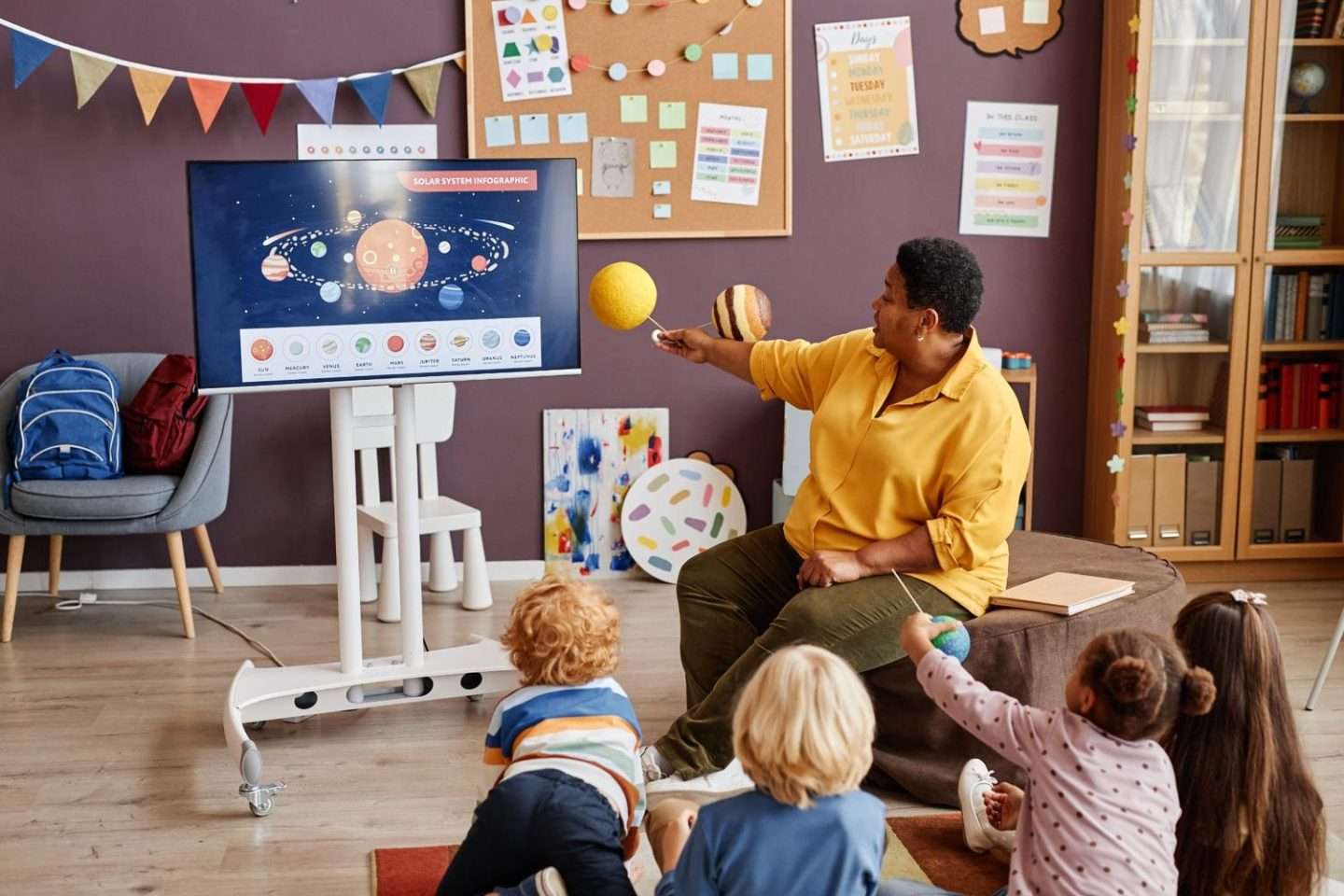
In today’s digital age, integrating technology into lesson plans for preschoolers can be a powerful way to engage and enhance their learning experience. However, it is important to strike a balance and ensure that technology is used in a developmentally appropriate and meaningful way.
Carefully selected educational apps, interactive whiteboards, and multimedia presentations can be used to supplement and enhance traditional teaching methods. These technological tools can help capture the children’s attention, provide visual and auditory support, and offer opportunities for interactive learning.
When integrating technology, it is crucial to consider the age-appropriateness of the content and the level of interactivity. Preschoolers thrive in hands-on, multi-sensory learning environments, so it is important to balance the use of technology with opportunities for physical exploration, creative play, and social interaction.
Lesson planning tips and techniques for preschool teachers
Creating engaging and effective lesson plans for preschoolers requires a thoughtful and intentional approach. Here are some tips and techniques to help preschool teachers develop lesson plans that inspire and engage their students:
- Observe and understand your students: Get to know your preschoolers’ interests, learning styles, and developmental needs. This information will be crucial in designing lesson plans that resonate with them.
- Incorporate a variety of learning modalities: Utilize a mix of visual, auditory, and kinesthetic activities to cater to the diverse learning preferences of your students.
- Encourage active participation: Design lessons that involve hands-on exploration, movement, and interactive experiences to keep preschoolers engaged and motivated.
- Foster a sense of wonder and discovery: Incorporate elements of surprise, mystery, and exploration to spark the children’s natural curiosity and encourage them to investigate and learn.
- Provide opportunities for repetition and reinforcement: Repeat key concepts and ideas through a variety of activities to help preschoolers solidify their understanding and retain information.
- Incorporate flexibility and adaptability: Be prepared to adjust your lesson plans based on the children’s reactions, feedback, and emerging needs during the learning process.
- Collaborate with colleagues and parents: Seek input and ideas from other preschool teachers, as well as parents, to create a cohesive and supportive learning environment for your students.
By following these tips and techniques, preschool teachers can develop lesson plans that are not only engaging and effective but also responsive to the unique needs and interests of their young learners.
Conclusion: Creating a positive and enriching learning environment for preschoolers
Designing engaging and effective lesson plans for preschoolers is a crucial aspect of early childhood education. By understanding the needs and interests of young children, and incorporating play-based learning, sensory experiences, visual aids, music, movement, storytelling, and technology, preschool teachers can create a learning environment that is both fun and educational.
When preschoolers are actively engaged in the learning process, they develop a strong foundation for future academic success, as well as essential social-emotional skills, such as communication, collaboration, and self-regulation. By fostering a love for learning in these formative years, we can help shape the next generation of curious, creative, and confident individuals.
As you embark on the journey of creating engaging lesson plans for your preschoolers, remember to be adaptable, responsive, and open to new ideas. Collaboration with colleagues, parents, and the broader educational community can also be invaluable in refining your teaching practices and creating a positive and enriching learning environment for all your students.
📣Want to showcase all your course materials, and lesson plans on your very own course landing page? Flowclass allows you to do exactly that! Create one FREE course and start recruiting students!

